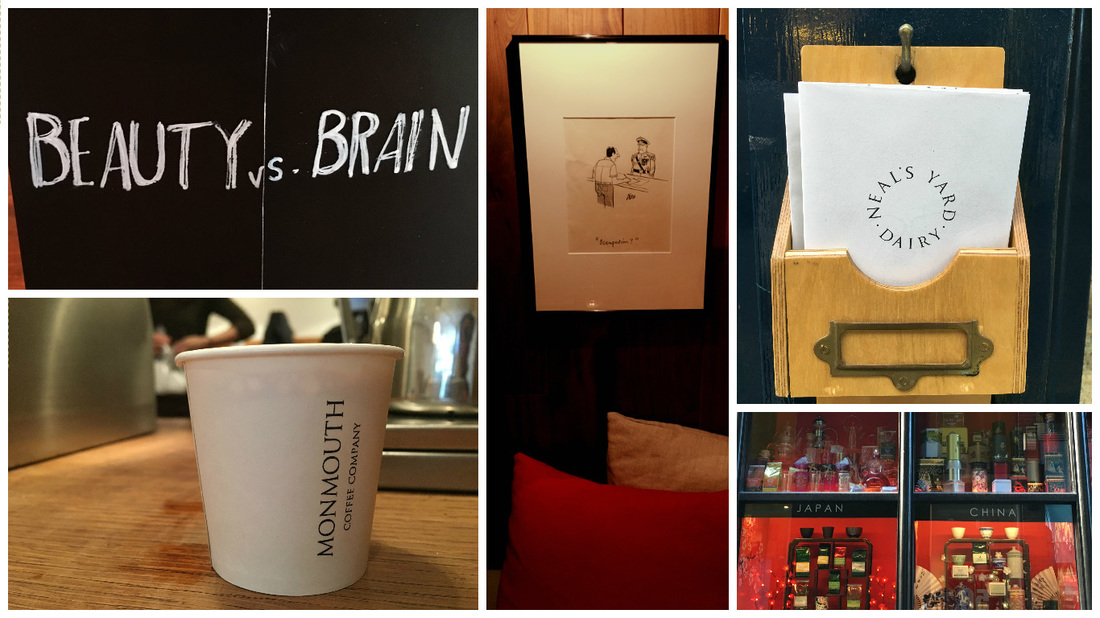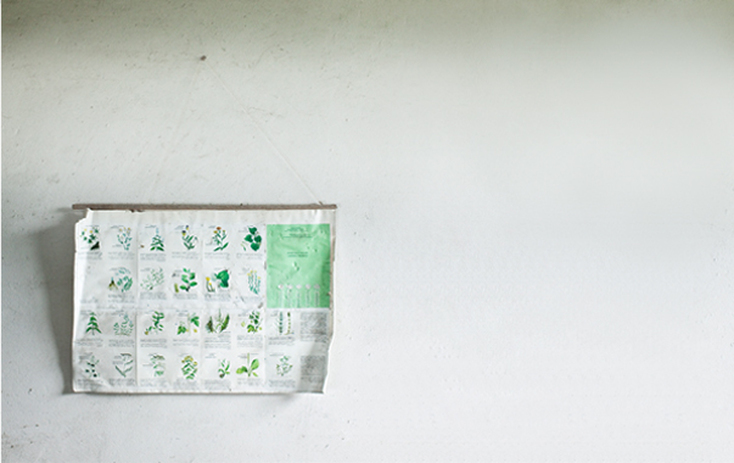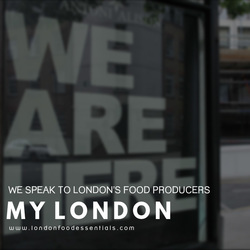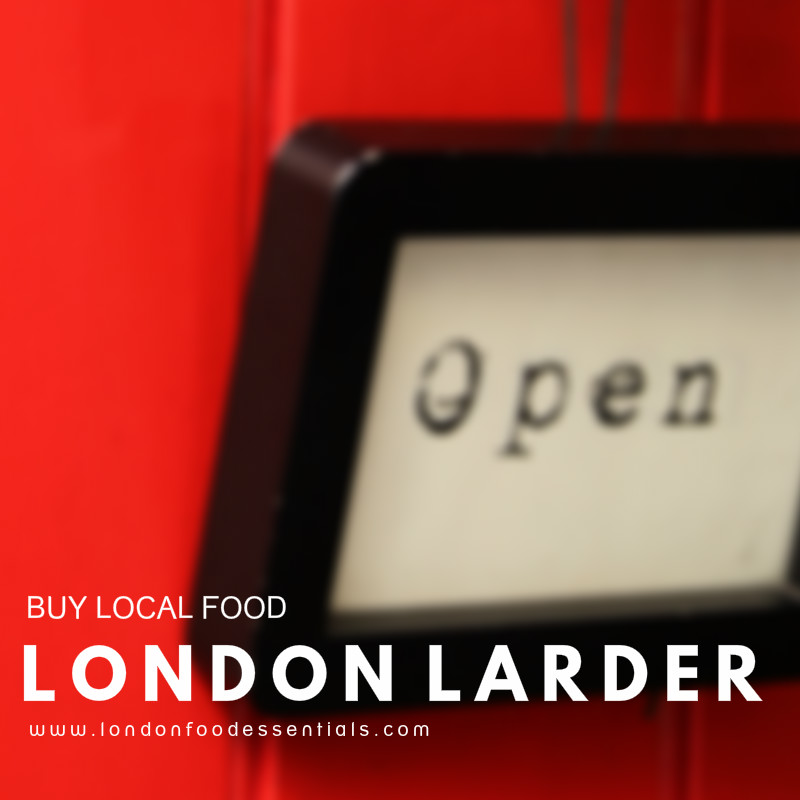|
INSPIRED by the fruit trees of London's Woodford Green, John Burgess, Peter Newton and Rochelle Schwartz decided to turn fallen fruit into the city's first commercial local cider. “We were glorified gardeners in a way” is how John describes the first two years of London Glider Cider. Leafleting Peter and Rochelle's neighbours in Woodford Green, the trio collected pears and apples from local gardens, offering cider in exchange. Such was the response that by year three, they were collecting fruit from across the north-east corner of greater London. The only cider to be commercially made from London fruit, they now produce up to 7000 litres a year. With an approach to cider making that is all about zero waste, most of the fruit comes from private gardens and community orchards found in old hospital grounds and former stately homes. "Abandoned community orchards are dotted all over the place", says Peter. "Friends of ours at the Urban Orchard Project have been mapping all the orchards in London for the past few years. We've done a fair amount of work with them such as education and pressing days.”
Post collection, the time from pressing to maturing and, more importantly, drinking, takes between three-to-four months. The team use a commercial twin bed hydraulic press, having upgraded from a home-made press operated by a 5 ton car jack. After pressing a small quantity, SO2 is added to kill off any rogue bacteria and wild yeast that may taint the juice. After 24 hours, yeast is added with fermentation taking between two-to-three weeks depending on the temperature. The juice is then racked at least twice and matured over the winter. It is then blended and ready to drink in mid March. “Because we get apples from everywhere, we have to blend our cider. So we go round and taste all the cider in the spring and decide what can be mixed to produce a consistent product. This is the day when you’ll bring a bike rather than the car," John explains. As for the varieties of apples that they use, John confesses that even after six years of making cider, they are not always sure of the variety. There are hundreds of different types of apple and pear in the UK, and unlike the west country, where cider is generally made from cider apples, theirs is made from dessert and cooking apples. ”The ciders that we made and all the ciders made in the east of England taste very different from what you get in Somerset and Hereford. There is more tannin in cider apples, which give it a particular flavour,” says John. The nearest, they get to a traditional west country cider is when they use local crab apples.
0 Comments
AFTER ten years in London, I have finally come to appreciate Covent Garden. Like so many Londoners, I have shyed away from this tourist hotspot, where the overflow from Leicester Square has made even the most leisurely of walks near impossible. But recently, I've changed my mind. Now I see WC2 from the likes of Eric Clayton, Paul Smith, and Randolph Hodgson, who first saw its potential and experienced its heyday. While in terms of food destinations, there are better places to visit like Bermondsey, London’s now flourishing food industry began here. Neal’s Yard Dairy and Monmouth Coffee first started in Covent Garden and the vision of Nicholas Saunders, Randolph Hodgson and Anita LeRoy continues to influence today's generation of food artisans. To give a very plotted history, Neal Yard Diary was established in 1979 by Nicholas Saunders who saw the potential of a duplicated part of WC2. He created the Dairy, Neal’s Yard Remedies (organic skin care and natural remedies) and nearby Monmouth Coffee Company. After moving on in the early eighties, Randolph Hodgson and Anita LeRoy took up the reins: LeRoy at Monmouth and Hodgson, at Neil’s Yard Dairy. Both have set the standard by which all other coffee roasters, cheesemongers and independent food stores are compared, having never lost their commitment to what they do and passion for remaining independent businesses. So back in 1978 (yes 1978), Monmouth Coffee started roasting and retailing coffee, and encouraging its customers to try before buying its beans. Single origin coffee, cooperative producers and tastings were novel concepts, revolutionary in fact when you consider the food wasteland that was the UK. Monmouth Coffee still has a home in WC2 but it roasts its coffee at its Bermondsey arch. That said,this small coffee shop just past Seven Dials continues to be a popular destination for people in search of authentic coffee in London. A similar approach to tasting, engaging and understanding the origins of food was at the heart of Randolph Hodgson’s philosophy for Neal’s Yards Diary. His vision was to create a store that would select, mature and sell British and Irish farmhouse cheeses. Not only did he play a lead role in reviving a then-declining UK cheese industry, but he helped build the reputation of today’s London Borough Market and now Bermondsey. To understand how big Hodgson is to the British food industry, you simply need to speak to some of the city's best food producers like Dave Holton (Blackwoods Cheese Compnay), Adrienne Treeby (Crown & Queue) or Jayne Duveen of Jacob’s Ladder. Their admiration for Hodgson and the philosophy still at the heart of Neil’s Yard Dairy makes for very attentive listening. Beyond these British food icons, other personal favourites among the crowds of Covent Garden are Augustus Harris for late night cicchetti. Perfectly sized and with a menu just as it should be, it reminds me of all those nights in northern Italy hopping from one bar to another fuelled by bite-size appetisers. For something more substantial try 10 Cases. With a menu and a wine selection that is impeccable, this boutique wine bar/ restaurant is always worth considering. Why the 10? They only ever buy ten cases of a wine at a time and they only have ten tables. For home wares, I like what you can find at Aram, especially the Domus range inspired by the shape of a 1930s bicycle pump, and then of course there is Balthazar Boulangerie. This original New Yorker arrived on our shores a few years ago and the bread is worth travelling for if you are in the area. And then there’s Freud. The home ware shop has now closed (you can only order online) but the bar remains. It feels earlier nineties, where the notion of urban cool was defined. Order yourself the gimlet, settle in and have a great night. FOR YOUR ADDRESS BOOK
WE remember first discovering My Cup of Tea on Druid Street, where we couldn't but appreciate the quality and sheer beauty of their teas and tisanes. Like a true connoisseur, it was obvious that each tea had been carefully selected, a tribute to its region and origin. Its store at Denman Place offers the same experience. In this perfectly curated space, everything is exquisite in execution. In its tea selection, you will find varieties of white, green, black and oolong from 2nd flush Assam with its slightly malt and floral notes to Matcha Wako the highest grade of popular Usucha. Of the tisanes, Persian Orange blossom and French lemon verbena are just two of the varieties available. As for the interior, it is a statement of simplicity. Filled with apothecary jars, beautifully crafted tea wares and accessories, including handcrafted tea bowls, everything is a homage to the tea within.
5 Denman Place London W1D 7AH T +44 (0) 20 72872255 [email protected] |
ARCHIVES
February 2017
|








